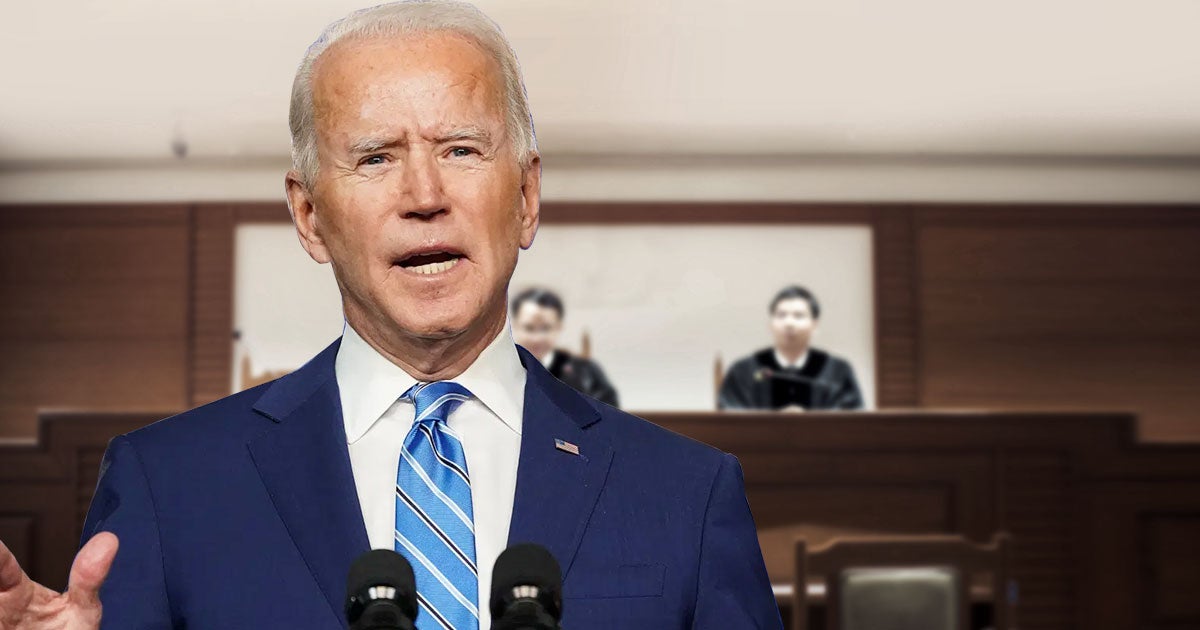
by Jorge Gomez • 5 min read
Throughout the last four years, First Liberty has worked tirelessly to provide the Trump administration and the U.S. Senate with expert research and analysis on the records of hundreds of nominees to the judiciary.
Our legal team has covered in extensive detail how our ongoing effort has helped reshape America’s federal courts, and how these constitutionally-minded judges will leave a generational legacy that protects the First Amendment and religious freedom.
The quality of the judges was equally matched by the quantity, evident in the record-breaking confirmation of more than 230 judges, including over 170 judges to the lower district courts and more than fifty (50) to the circuit courts of appeal.
The record influx of conservative judges also led to several appellate courts (2nd Circuit, 3rd Circuit and 11th Circuits) “flipping” from having a majority of liberal-appointed judges to now having a majority of conservative-appointed judges.
What’s more, a wave of judges confirmed to the 9th Circuit—one of the nation’s most liberal courts—led to an incredible improvement in the balance of that court. There are now 13 conservative-appointed judges and 16 liberal-appointed judges, a stark difference than the liberal monolith that it was in early 2017.
Nowhere is the transformation of the courts more visible than at the U.S. Supreme Court. After the confirmation of Justices Gorsuch, Kavanaugh and Barrett during the current administration, the Court is now comprised of a conservative majority for the first time in nearly a century.
But now, with the presidential inauguration on January 20th fast approaching, the question is: Could President Biden and his administration have the same impact on the federal judiciary as their predecessor?
Less Than 50 Vacancies at Inauguration Day, Half of What Pres. Trump Inherited
Measuring the impact on the judiciary starts by looking at the number of vacancies that President Biden will inherit on January 20th.
As of Jan 7th, there are less than (50) total federal judicial vacancies that Biden could fill. By comparison, that’s less than half of the number of vacancies that Trump inherited at his inauguration (110+).
Most of these empty seats are in the lower district courts, and many of them have not been filled because of the hurdles posed by the Senate’s “blue-slip” policy, which requires senators to sign off on judicial nominees from their respective states. Additionally, many of these are recent vacancies, which did not provide enough time for vetting, research and Senate hearings to take place for the potential nominees who would fill them.
At the U.S. Circuit Courts of Appeal—where a vast majority of religious freedom cases are heard and decided—Trump inherited nineteen (19) vacancies, while Biden is expected to only have two (2) open seats to fill when he takes office.
While Biden’s potential for impact is diminished from the start, there are possible scenarios that could open up vacancies during his first term:
Reversing Conservative-Majorities Depends on Senate Control and Which Judges Choose to Retire
While Trump flipped the ratio of judges on three federal appeals courts (2nd, 3rd, and 11th Circuits), those majorities are narrow enough that Biden could reverse them back to liberal-appointed majorities.
However, Biden flipping those circuits depends on conservative-appointed judges stepping down, but it’s hard to predict exactly how many will opt to retire or take senior status.
Consider the following: There are slightly over seventy-five (75) federal appellate judges who could take senior status now, or who will be eligible during Biden’s first term. Of those, less than fifty (50) were confirmed under a Democratic president, and approximately forty (40) under a Republican. Again, it’s difficult to forecast, or even unlikely, that those judges will step down over the next four years.
Of course, the success of confirmations largely depends on which party controls the Senate. Much of the unprecedented pace of confirmations over the last four years came as a result of the president and a majority of the Senate being of the same party.
Regardless of which party occupies the presidency or controls the Senate, First Liberty remains committed to our work of analyzing and evaluating the records of the nominees to America’s federal courts. And if our legal experts uncover any nominees who have a radical or unacceptable record on religious freedom, we will provide the facts and information to prevent those nominees from being on the federal bench for life.
Even though there would be fewer than fifty (50) vacancies for a Biden administration, it would be critical that these seats on the federal bench be filled with judges who will help ensure that promise of religious freedom remains strong and protected.